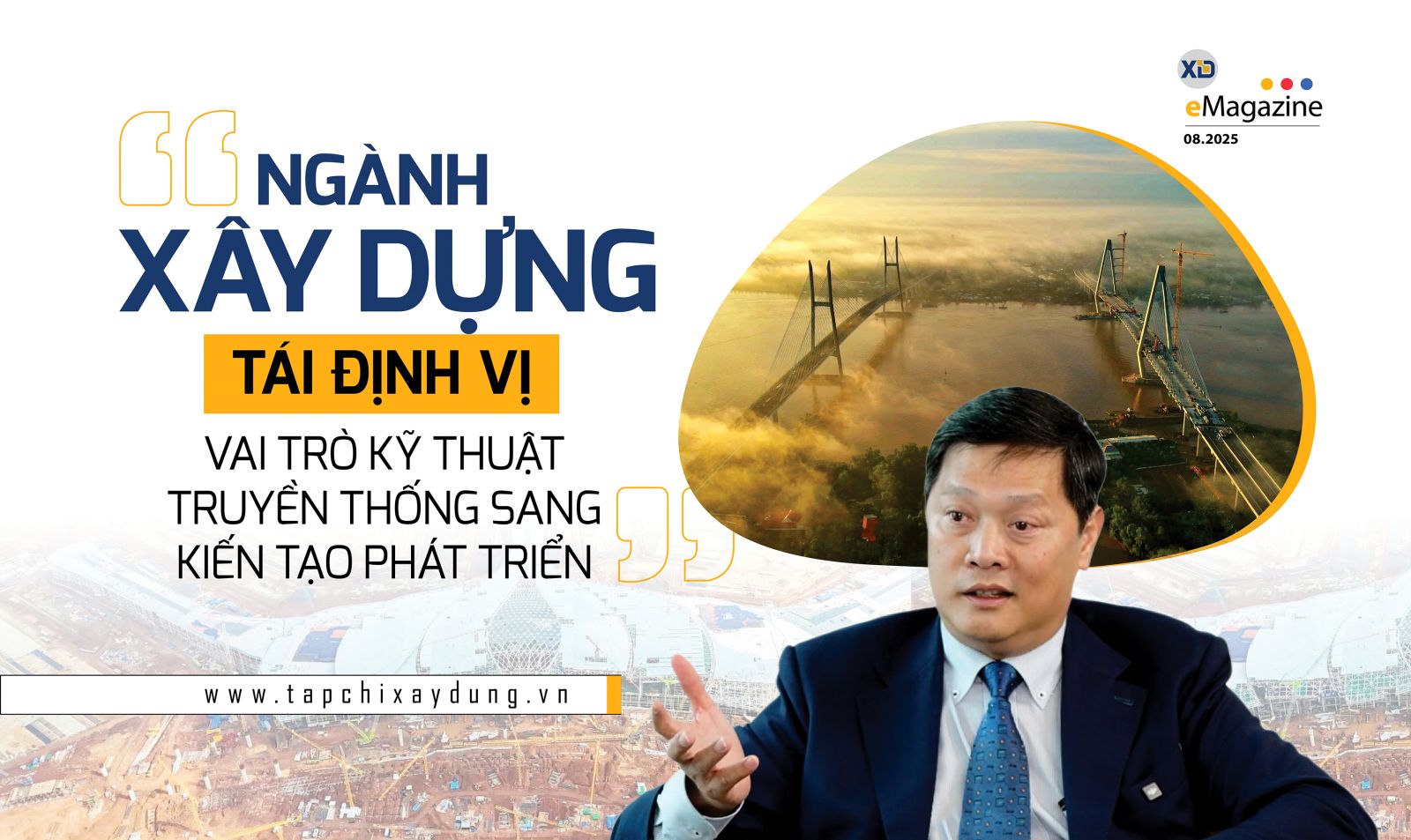
On the occasion of the 80th anniversary of the August Revolution, the National Day (September 2), and the Transport Sector’s Traditional Day (August 28), Mr. Phan Huu Duy Quoc, Chairman of the BOD of Construction Corporation No.1 (CC1), shared strategic insights—from redefining the Construction sector’s role to proposing solutions for implementing major infrastructure projects—towards the goal of sustainable national development.

The construction sector is now entering a new phase—not only as a field that creates physical structures, but as one that leads integrated infrastructure development thinking and drives sustainable growth.
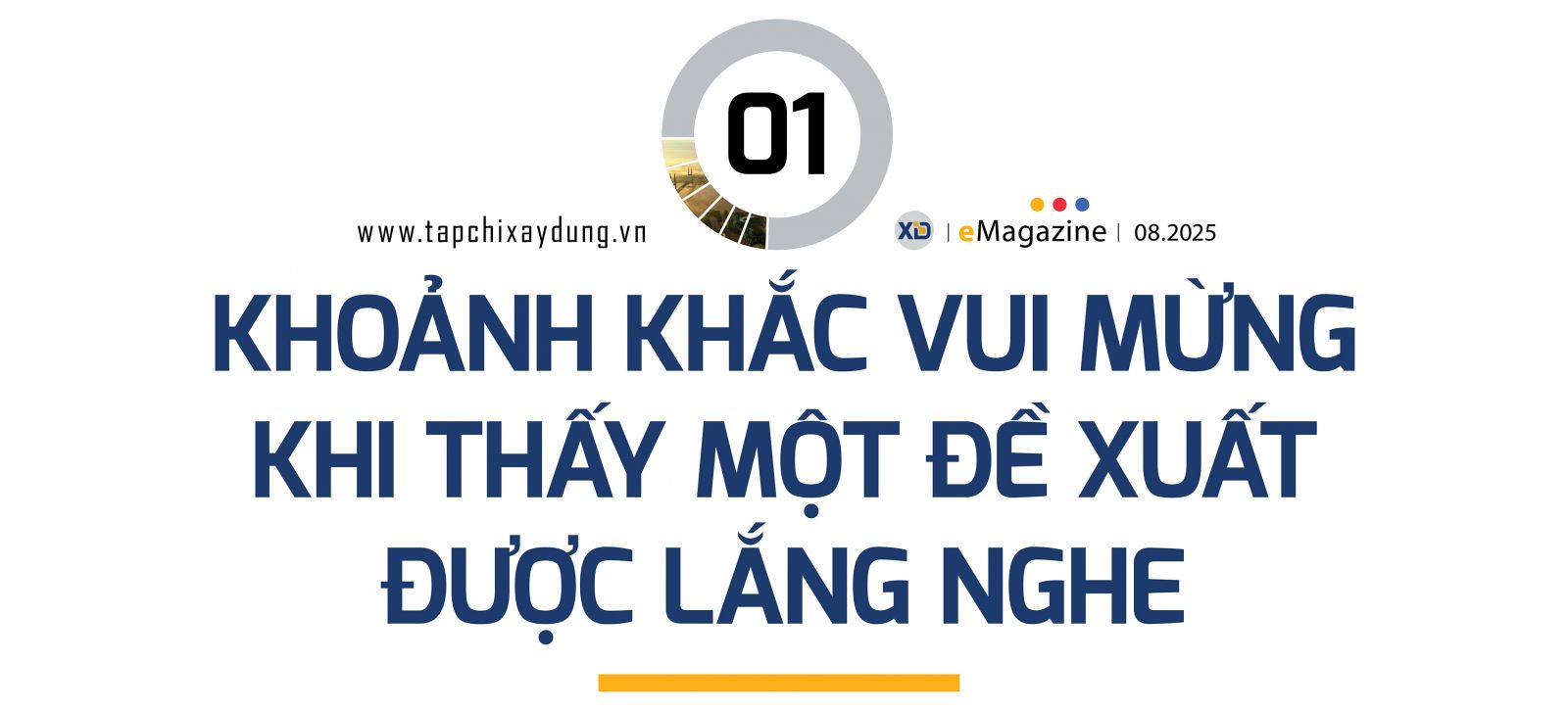
♦ Dr. Phan Hữu Duy Quốc, you have long been attached to the field of urban infrastructure development, having studied and grown within a Japanese construction corporation. Could you share about your journey and how you decided to return to Vietnam?
- I went to Japan in 1997 and spent eight years studying, researching, and teaching at the University of Tokyo before joining Shimizu Corporation in 2006. After accumulating sufficient practical experience, scientific research methods, and building strong networks in both Japan and Vietnam, I began to think about returning home to directly contribute to real-world projects in my own country.
In 2014, when Ho Chi Minh City started the Metro Line 1 project, Shimizu Corporation (my employer at the time) participated in bidding for the CP1b package to build the underground section from Ben Thanh to Suoi Tien. I proactively proposed to join the project, and the company readily agreed because they knew I had broad networks from previous engagements, fluency in English, Japanese, and Vietnamese, and solid experience with underground urban works in Japan.
That period was deeply meaningful to me since I had the opportunity to lay the first stones for Ho Chi Minh City’s Metro Line 1. But it was also where I witnessed numerous difficulties.
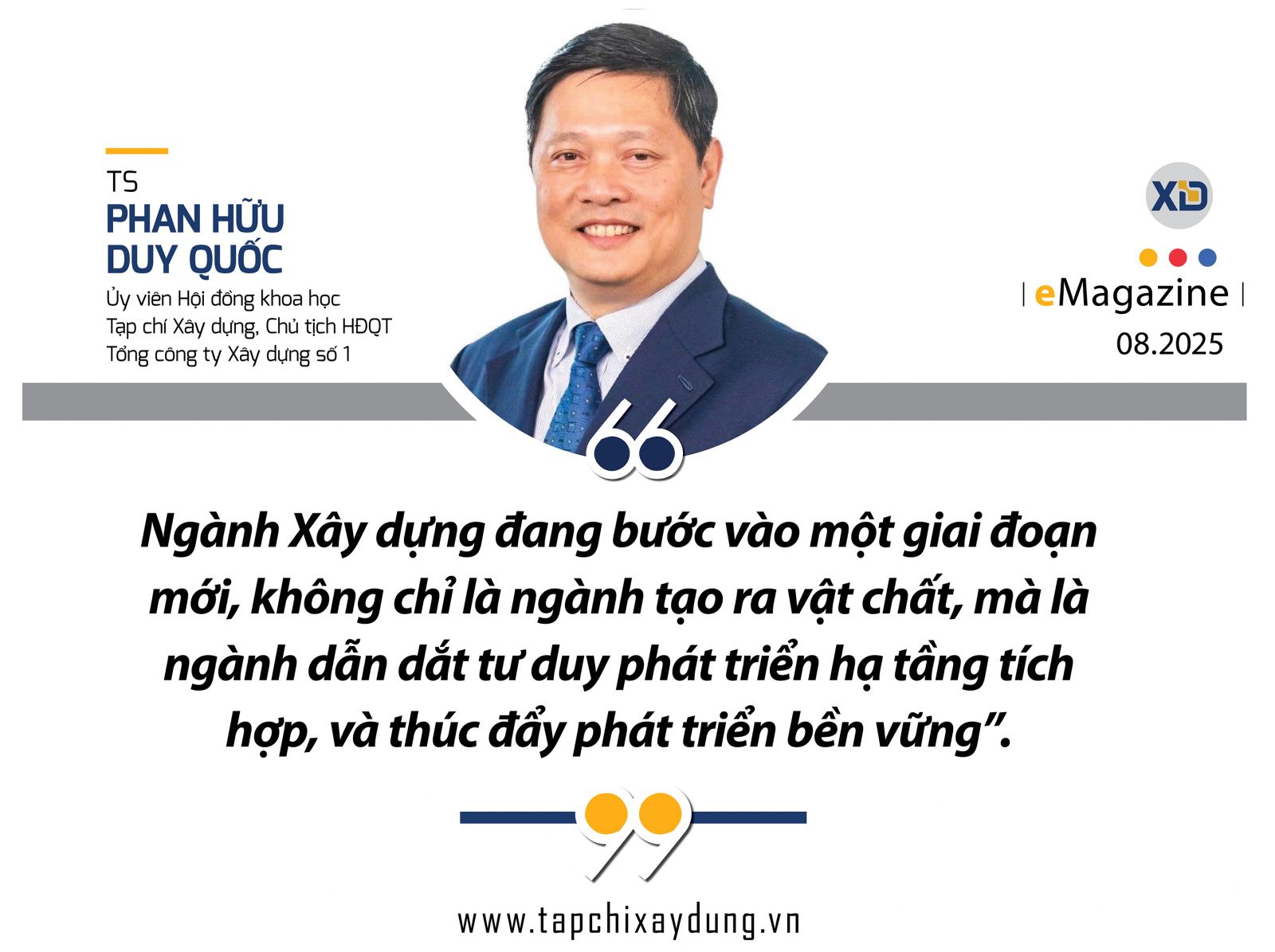
However, things went far beyond my initial expectations. The first 20 kilometers of the Ben Thanh – Suoi Tien line alone took 17 years to complete. The project was delayed by a “maze of mechanisms,” administrative and legal barriers, and limitations in capacity and experience among stakeholders. At times, the city could not disburse funds, contractors were owed thousands of billions of VND, technical and contractual disputes dragged on for months, and the project seemed almost deadlocked.
♦ How did these challenges affect your decisions and actions later on? And what joys have you found in your choices?
After experiencing those difficulties in Vietnam, I realized that remaining as a foreign contractor meant I could only endure without being able to effect change—since everyone has their own logic and circumstances. I decided to leave the Japanese corporation and join domestic construction companies while actively participating in activities where my expertise could be used for the greater good.
I joined numerous advisory groups on urban railways, highways, and the State Inspection Council for construction acceptance, as well as leadership roles in professional construction associations. This way, I could collaborate with regulatory bodies to resolve bottlenecks in Vietnam’s urban infrastructure development. For me, knowledge is not just a means of livelihood but also a social responsibility—giving without asking for compensation—and that is my source of joy.
Recently, the National Assembly passed Resolution 188/2025/QH15 on the development of the Hanoi – Ho Chi Minh City urban railway, which incorporated many of my contributions.
In addition to advising on the metro systems of Ho Chi Minh City and Hanoi, I have contributed to other key national projects such as Ring Road 3 and Ring Road 4 in Ho Chi Minh City.
As a member of the State Inspection Council, I frequently inspect major projects like Landmark 81, My Thuan 2 Bridge, Rach Mieu 2 Bridge, Nhon Trach Power Plant, Tran Hoang Na Bridge, among others. Every three months, we visit sites to review technical compliance, supervise construction quality, and guide investors and contractors in proper execution.
♦ With more than 10 years of experience in Vietnam, from the perspective of both a contractor and an independent expert, what issues do you see in urban infrastructure development, especially in Ho Chi Minh City?
I believe two prerequisites are essential for major cities like Ho Chi Minh City to develop urban infrastructure more robustly: granting real authority to urban administrations, and ensuring these administrations have sufficient resources to exercise that authority effectively.
This must start with people. There should be mechanisms to attract talent—especially experts with deep experience in infrastructure, whether from the private sector or overseas Vietnamese. I believe experts should provide strategic advice, critique policies, and participate in appraisals, proposals, and coordination, rather than necessarily taking executive roles.
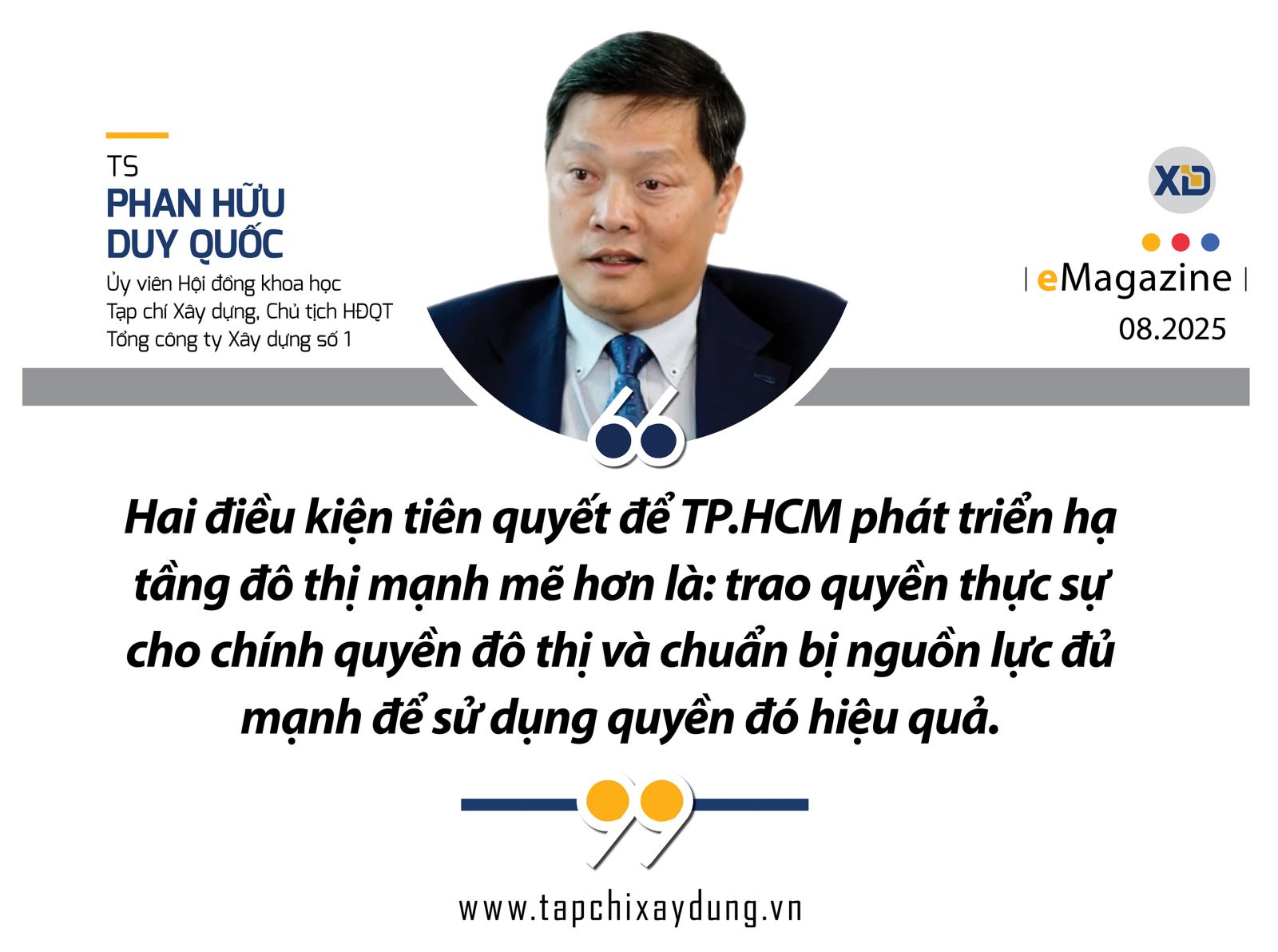
Additionally, personnel and financial mechanisms must be appropriate. I am not saying experts should be invited merely for high salaries. Most join out of responsibility and dedication, but fair treatment is needed so they can live decently and focus on their work.
I am glad that recently the Government has made strong directives to attract talent and foster private sector development, enabling private enterprises to participate in infrastructure projects such as metros and highways.
♦ Vietnam is undergoing significant decentralization and a two-tier local government system. What challenges and requirements does this place on the Construction sector?
I believe that the two-tier local government system is an inevitable trend in administrative reform and the development of urban and rural governance, enhancing autonomy and accountability at local levels. However, it also poses great challenges for the Construction sector, particularly in state management, implementing public investment projects, and ensuring quality, progress, and effective use of capital.
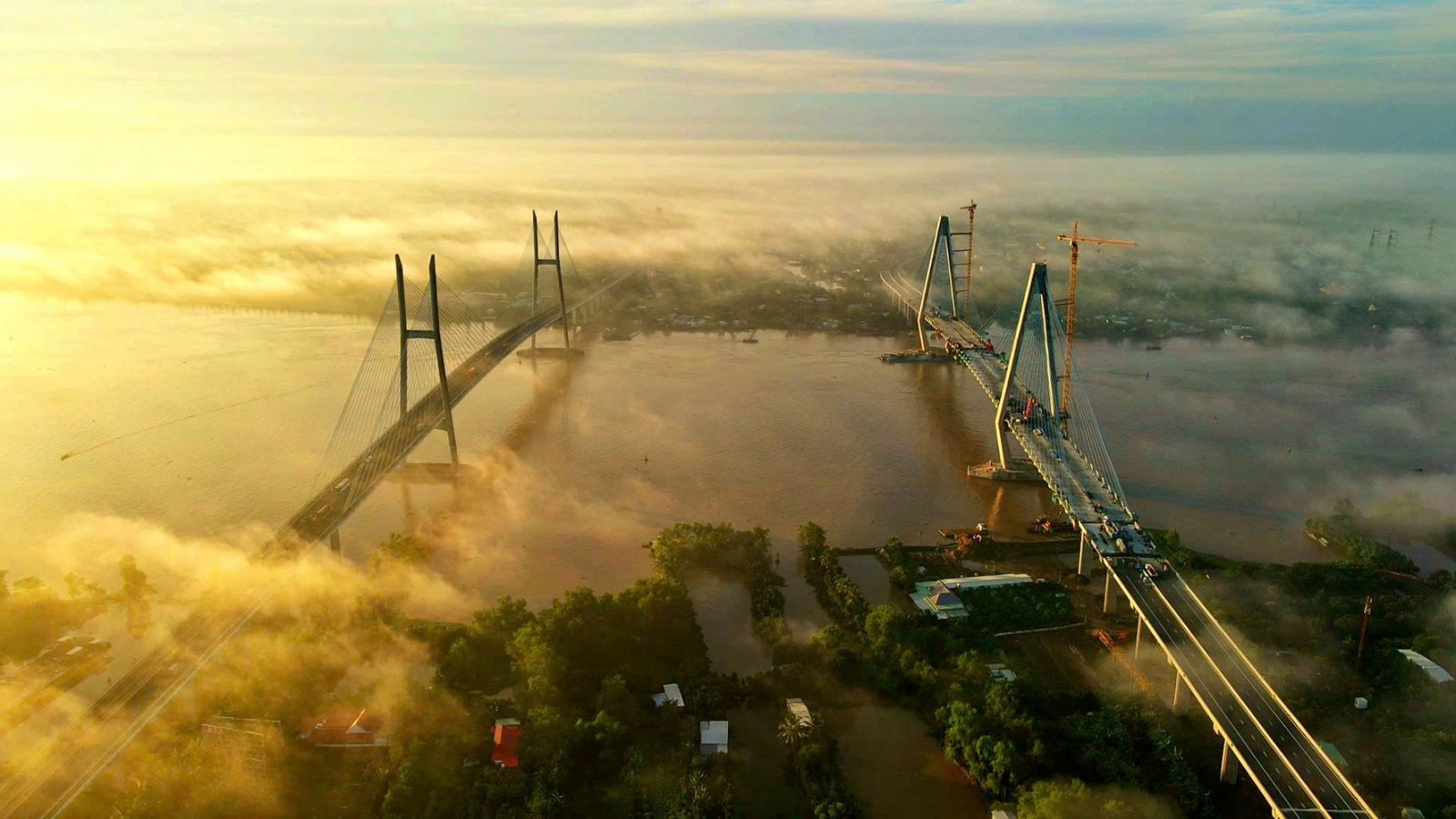
Large bridges crossing rivers—once built by foreign contractors—can now be fully implemented by domestic consultants and contractors.
In this new phase, the Construction sector can no longer cling to centralized, “hands-on” management. Instead, it must shift towards institutional creation, technical leadership, inter-regional coordination, and effective post-inspection. Decentralization must go hand-in-hand with accountability, smart oversight, and strong local implementation capacity. If done well, the sector will continue to be a pillar in infrastructure development, driving green growth and modernization.
For example, in digital transformation, the sector must develop unified regulations and guidelines, organize training, transfer technology, and promote digital tools (such as BIM applications, project management software, etc.) to local officials to improve management quality.
♦ After more than 10 years back in Vietnam, what are you most satisfied with?
- What satisfies me most is contributing to many key national projects—as a contractor, council expert, or advisor on major proposals—and, many times, experiencing the joy of seeing my input acknowledged, and even more, witnessing the visible progress of Vietnam’s Construction sector.
Over the past decade, the sector has reached many international technical standards. High-rise buildings (like Bitexco Tower), underground works (urban underpasses), and major bridges (like My Thuan Bridge)—once dependent on foreign contractors—are now competently executed by domestic firms. However, we remain weak in the “soft” aspects: contract management, project coordination, risk control, planning, and conflict resolution. These factors greatly affect outcomes but are not given due attention. Many companies still work ad hoc, lacking systematic and well-planned management.
I hope awareness of the importance of management capacity will soon rise, developing alongside technical and technological progress. Only then will domestic enterprises truly be ready to take on large-scale infrastructure projects.
The same goes for governance. Both the state and the private sector must develop real capacity. Growth requires time, effort, and genuine learning.

♦ As the Construction sector celebrates 80 years of development with the nation, how do you evaluate its role in this new phase, particularly in managing and implementing national infrastructure projects?
- Throughout its 80 years, the Construction sector has not only “laid foundations” for works but has also pioneered national infrastructure development—from wartime roads and the first hydropower plants to today’s modern cities, industrial zones, airports, and inter-regional transport systems.
Now, the sector is entering a new phase. It is no longer just about creating physical structures but about leading integrated infrastructure development and driving sustainable growth. In this phase, the sector will coordinate, organize implementation, and ensure quality for national-scale projects—laying the foundation for green growth, modernization, regional connectivity, and infrastructure elevation.
♦ In your view, what conditions are necessary to ensure that major railway projects, such as the North–South high-speed line or the Lao Cai–Hanoi–Hai Phong route, are implemented on schedule and with high quality in the context of deep decentralization?
- Railways—especially the North–South high-speed line and the Lao Cai–Hanoi–Hai Phong line—are not just major technical projects but also inter-regional, inter-sectoral, and multi-level undertakings. They demand extremely high requirements in technology, construction, quality management, governance, land clearance, finance, and human resources.
The first requirement is to have a strong coordinating body—and that must be the Ministry of Construction. The Ministry should be empowered and made accountable for tightly managing planning, technical standards, funding, and timelines, avoiding fragmented responsibility. With its coordination, there must be close cooperation between central and local authorities and related sectors, especially in site clearance, national defense land, electricity, and water.

However, because these are highly strategic projects, the Ministry’s role will be difficult without establishing a national-level inter-sectoral Steering Committee and a special mechanism to enable the fastest execution.
Choosing advanced and suitable technology for Vietnam, applying international-quality management models, and thoroughly using digital tools and international project management standards will greatly contribute to the success of these projects.
♦ The Ministry of Construction has been assigned to act as investor for several key national railway projects, which require very high standards in technology and quality management. What new requirements does this pose for implementation?
- This question goes to the heart of the current state apparatus restructuring. Having the Ministry of Construction act as investor in national railway projects, such as the North–South high-speed line or strategic routes like Lao Cai–Hanoi–Hai Phong, is a turning point—but it also raises many new requirements.
This is not just a functional change but a strategic shift. It requires the Ministry to focus on five key aspects:
First, internal restructuring to establish a dedicated railway department, especially for high-speed rail. Even if private investors are tasked with implementation, professional management, appraisal, and safe operation oversight must remain under state responsibility—similar to aviation.
Second, eelecting appropriate technology at the outset while planning for long-term localization and mastery of that technology.
Third, adopting international-standard project management, given the inevitable involvement of many international partners, to avoid delays, conflicts, and disputes.
Fourth, establishing inter-sectoral and inter-level coordination mechanisms to ensure smooth, flexible execution. Any coordination issue must be resolved swiftly and decisively.
Finally, ensuring quality and durability of works, maintaining transparency, and earning public trust and support.

♦ Can leading private construction companies in Vietnam, though inexperienced in railways, participate in such projects?
- Allowing and encouraging domestic private enterprises to participate in these key railway projects is an opportunity to build a large-scale local construction force, create domestic value chains, and reduce long-term dependence on import
However, businesses cannot succeed solely through determination or patriotism. Real capability is essential; determination may help stretch capacity slightly but cannot replace actual competence. They must be given opportunities, but only within scopes that match their current capabilities.
Therefore, the Ministry must design appropriate tender packages, clearly define roles, establish mechanisms to protect, accompany, and develop domestic enterprises, while still upholding high-quality standards aligned with international benchmarks.
♦ With your experience as a senior executive in construction firms in both Japan and Vietnam, what recommendations do you have for the Ministry when selecting domestic private contractors versus foreign firms?
- I believe domestic contractors are fully capable when it comes to structural works (bridges, elevated railways, cut-and-cover tunnels, elevated or underground stations). But they need to learn more from foreign partners in railway technology (electrical systems, signaling, control, and rolling stock).
Put simply: above the rails, we still need foreign expertise; below the rails, Vietnamese enterprises can handle it. Moreover, if projects are divided into multi-billion-dollar mega-packages, local firms should be encouraged to form joint ventures with experienced foreign partners in managing large-scale projects. This is similar to the approach in the Long Thanh International Airport project.
♦ In your opinion, what should be the development direction of the Construction sector from 2025–2030 to meet the demands of modern, green, and smart infrastructure aligned with Vietnam’s national development strategy?
- The 2025–2030 period is critical for repositioning the Construction sector—from a traditional engineering field to one that creates sustainable development, leading new urbanization, green transition, and digital infrastructure.
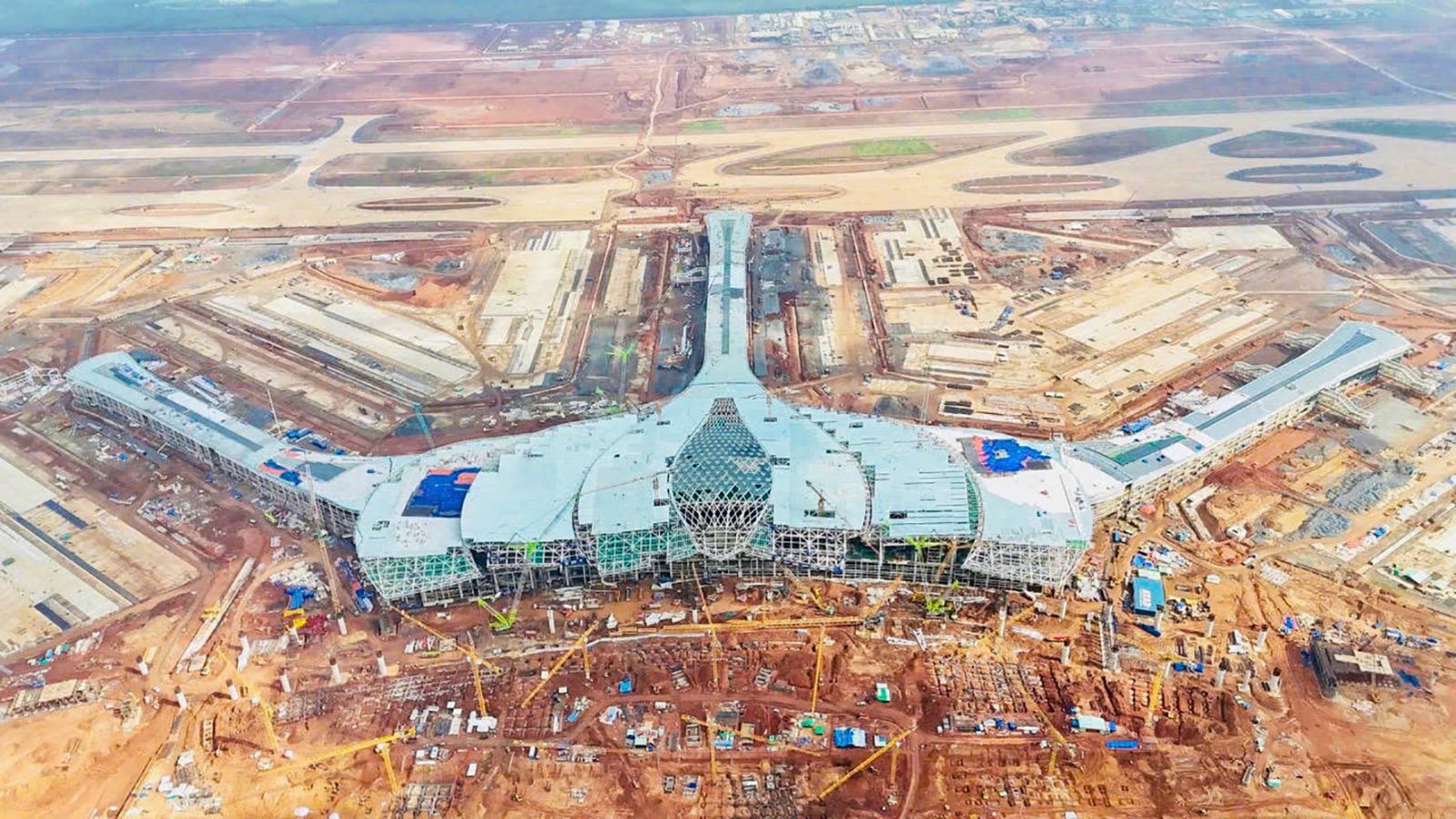
The Construction sector has already reached many international technical standards.
Going forward, the Construction sector must take responsibility for synchronizing transport, energy, and urban infrastructure with socio-economic planning, prioritizing key growth regions such as Ho Chi Minh City, Hanoi, the Mekong Delta, the Northern region, and major national economic corridors.
For railways, integrating Transit-Oriented Development (TOD) is crucial and urgent. TOD will unlock land resources and foster sustainable, balanced urban development tied to rail systems.
Digital transformation must also be a priority—instilling habits of using digital tools in design, construction, and operation to enhance productivity. Modernization of the sector is a major mission during this period.
In line with sustainability and environmental protection, the sector must simultaneously reduce resource and energy consumption, minimize emissions during construction and operation, recycle construction waste, and work toward achieving Vietnam’s commitment to Net Zero by 2050.
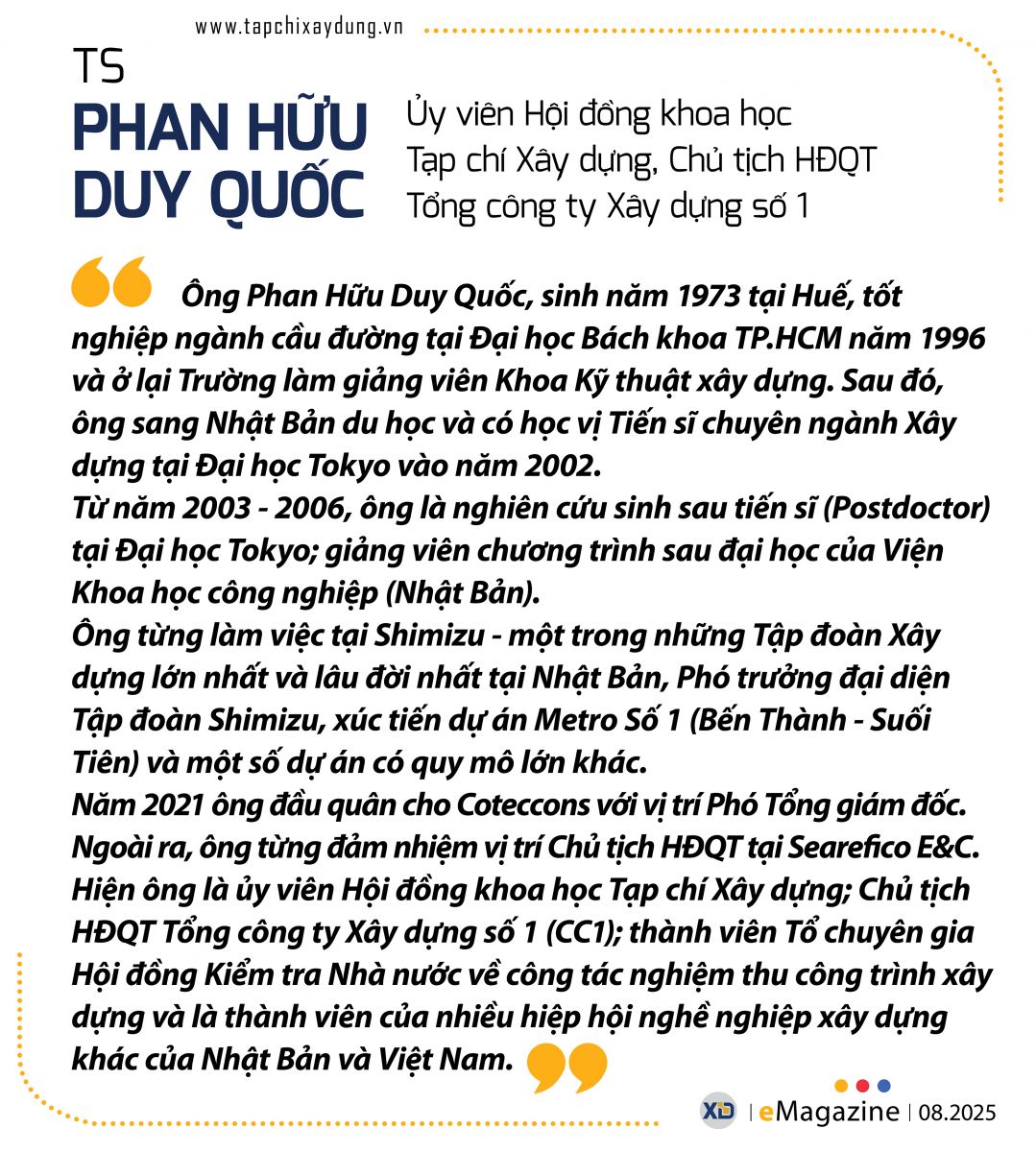
Finally, this period requires urgent completion of the legal framework in the context of ministry mergers, deep decentralization, and multi-sector, multi-level, multi-partner governance. Policies must also foster private sector development and human resources in line with Resolution No. 68-NQ/TW (May 4, 2025) of the Politburo on private sector growth.
♦ Thank you very much for the insightful conversation!
Theo nguồn: Tạp chí Xây dựng